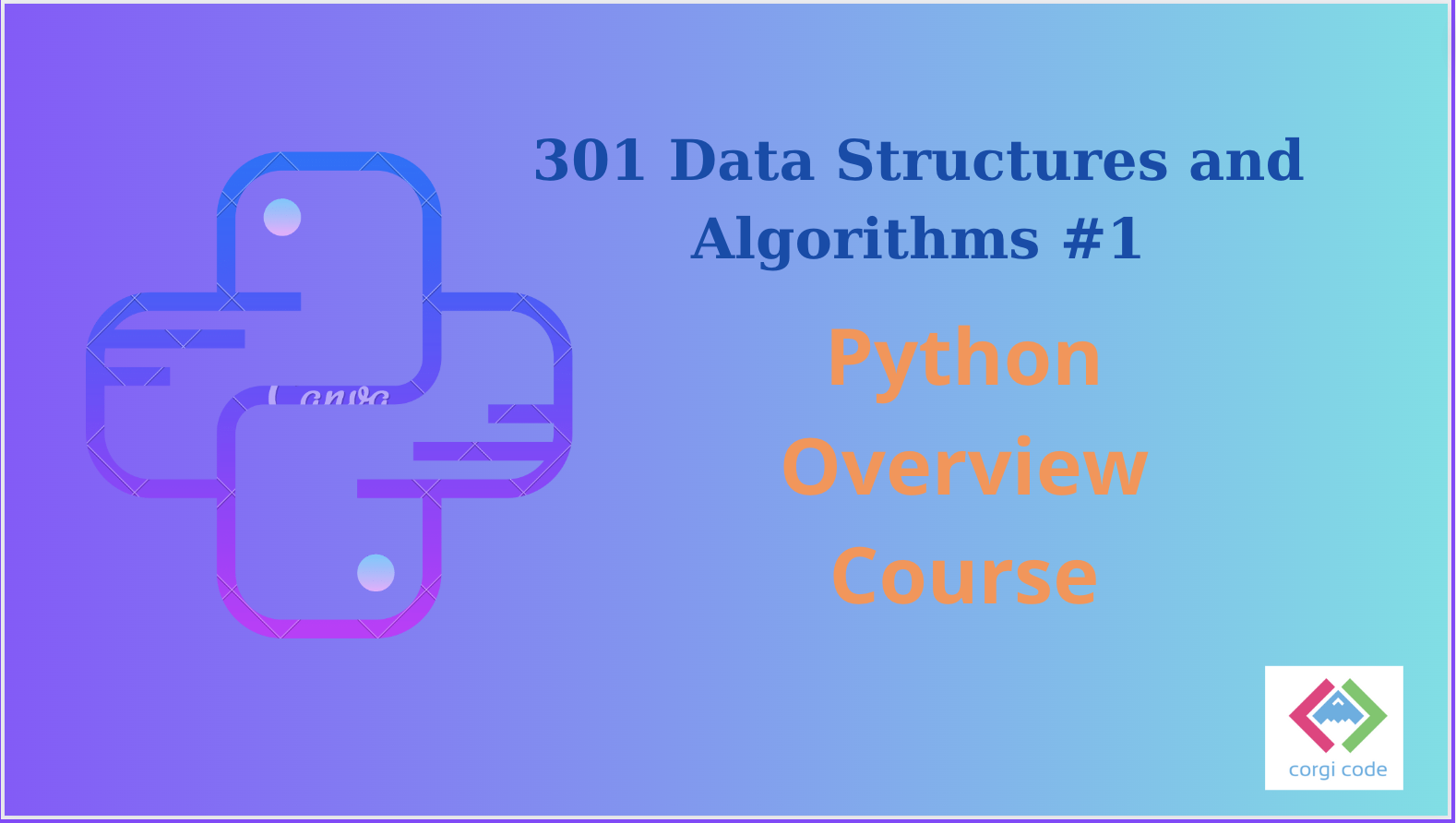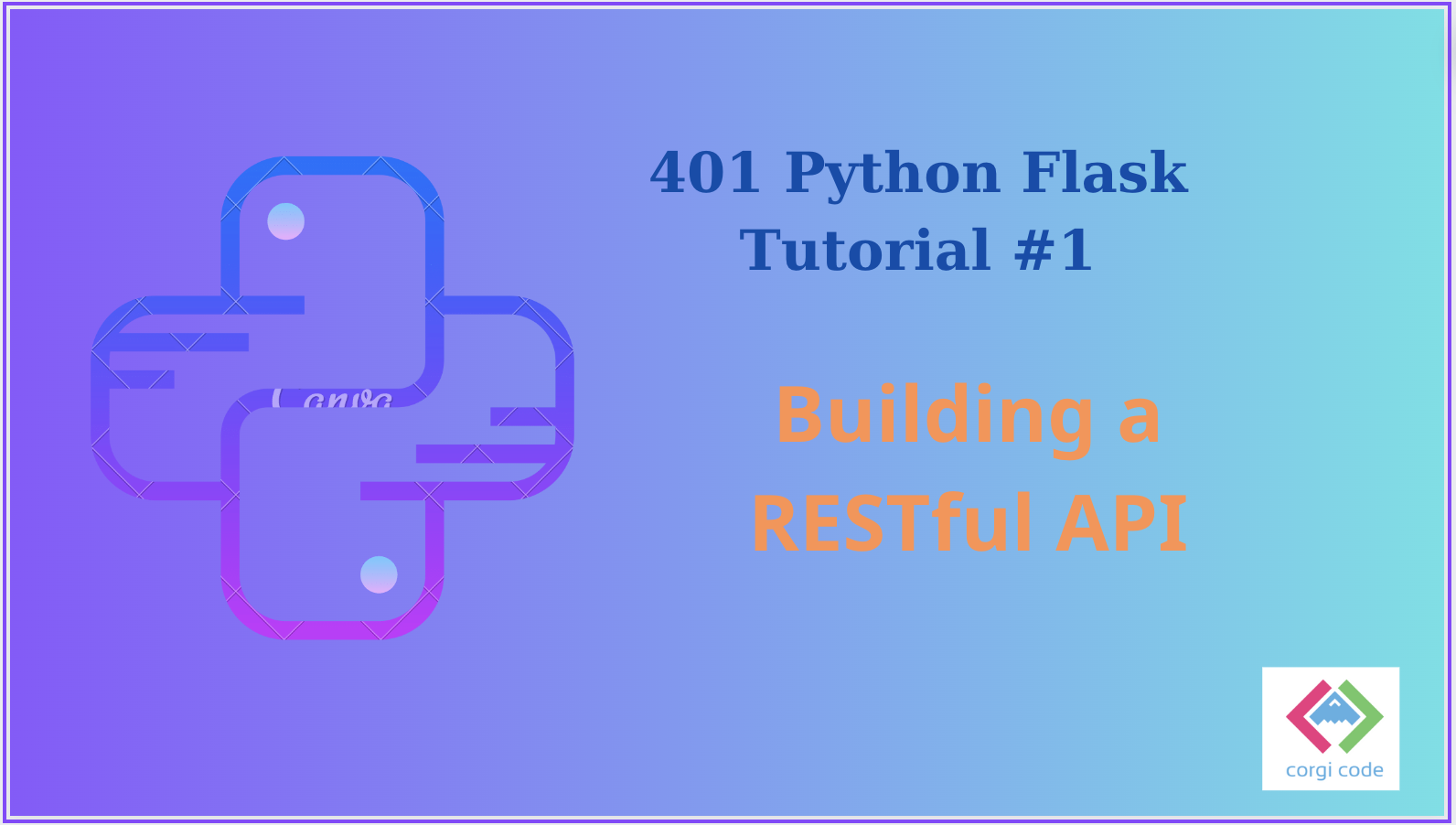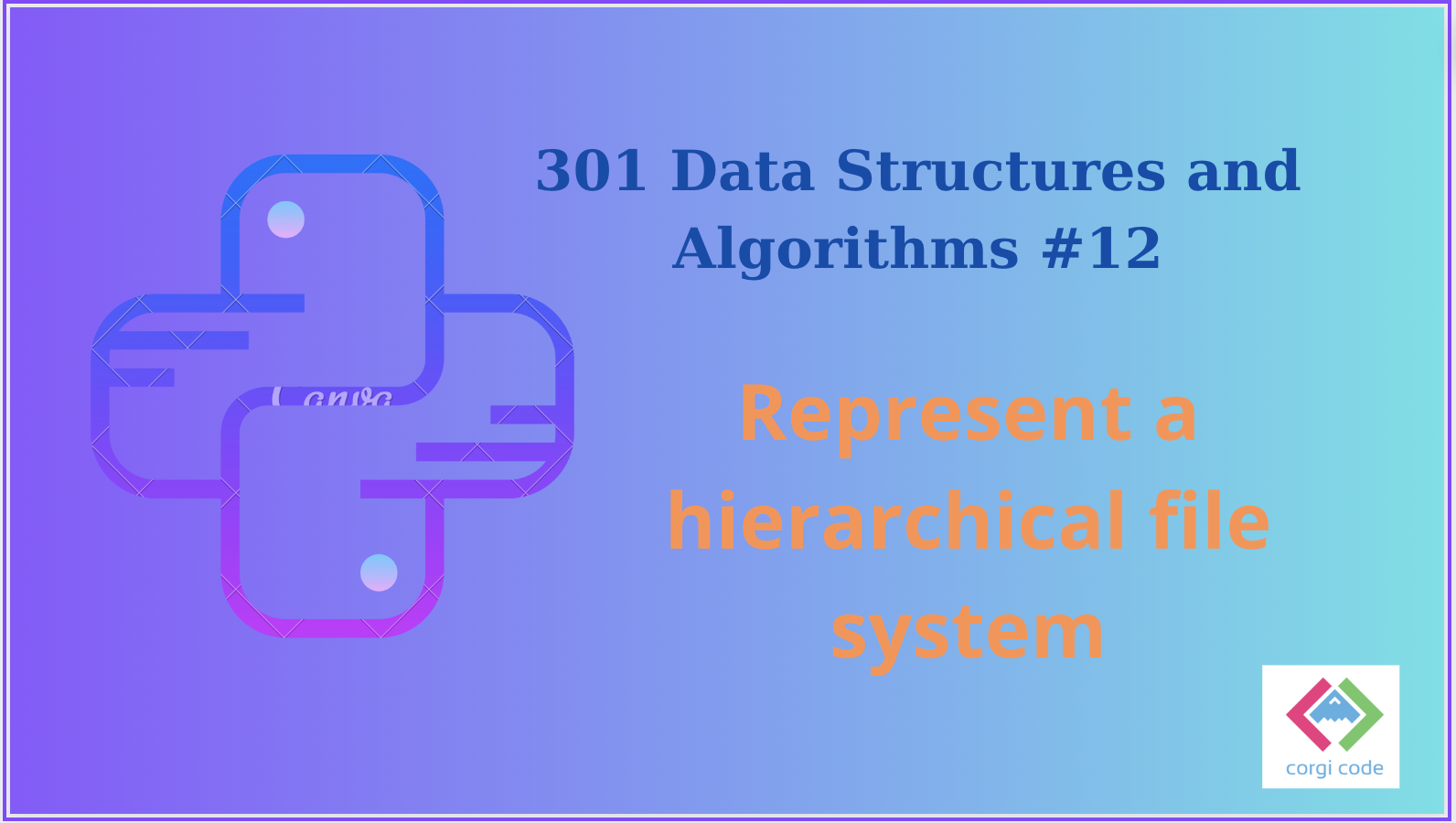Python provides a rich set of data structures and has a wide range of libraries and built-in functions that make it a versatile language for implementing various algorithms. Here are some common data structures and algorithms you might want to explore:
Data Structures:
- Lists:
- Dynamic arrays that can store elements of any data type.
- Tuples:
- Immutable collections of elements.
- Dictionaries (dict):
- Unordered collections of key-value pairs.
- Sets:
- Unordered collections of unique elements.
- Stacks and Queues:
- Abstract data types that follow specific order rules for adding and removing elements.
- Linked Lists:
- Collections of nodes, where each node contains a value and a reference to the next node.
- Trees (including Binary Trees, Binary Search Trees, AVL Trees, etc.):
- Hierarchical data structures with nodes, where each node has a value and zero or more child nodes.
- Graphs:
- A collection of nodes and edges that represent relationships.
- Heaps (including Min-Heap, Max-Heap):
- Specialized tree-based data structures that satisfy the heap property.
- Hash Tables:
- Data structures that map keys to values using a hash function.
Algorithms:
- Searching Algorithms:
- Linear Search
- Binary Search
- Depth-First Search (DFS)
- Breadth-First Search (BFS)
- Sorting Algorithms:
- Bubble Sort
- Selection Sort
- Insertion Sort
- Merge Sort
- Quick Sort
- Heap Sort
- Recursion and Backtracking:
- Recursive algorithms and techniques for solving problems.
- Dynamic Programming:
- Techniques for solving problems by breaking them down into smaller subproblems and storing the results.
- Greedy Algorithms:
- Algorithms that make locally optimal choices in the hope of finding a global optimum.
- Graph Algorithms:
- Dijkstra’s Algorithm (Shortest Path)
- Kruskal’s Algorithm (Minimum Spanning Tree)
- Floyd-Warshall Algorithm (All Shortest Paths)
- Bellman-Ford Algorithm (Single-Source Shortest Path)
- Topological Sorting
- Prim’s Algorithm (Minimum Spanning Tree)
- Tree Traversal:
- Inorder, Preorder, Postorder traversals in Binary Trees.
- Hashing Algorithms:
- Techniques for implementing hash functions and handling collisions.
- String Algorithms:
- Pattern Matching (e.g., Knuth-Morris-Pratt, Rabin-Karp)
- Longest Common Subsequence (LCS)
- Edit Distance
- Bit Manipulation:
- Operations on binary representations of numbers.
- Divide and Conquer:
- Technique of breaking a problem down into subproblems and solving them independently.
Remember, understanding and implementing these data structures and algorithms requires practice and a deep understanding of the underlying principles. Start with basic examples, analyze their time and space complexities, and gradually tackle more complex problems. Additionally, there are plenty of resources, books, and online courses available to help you master these concepts.





